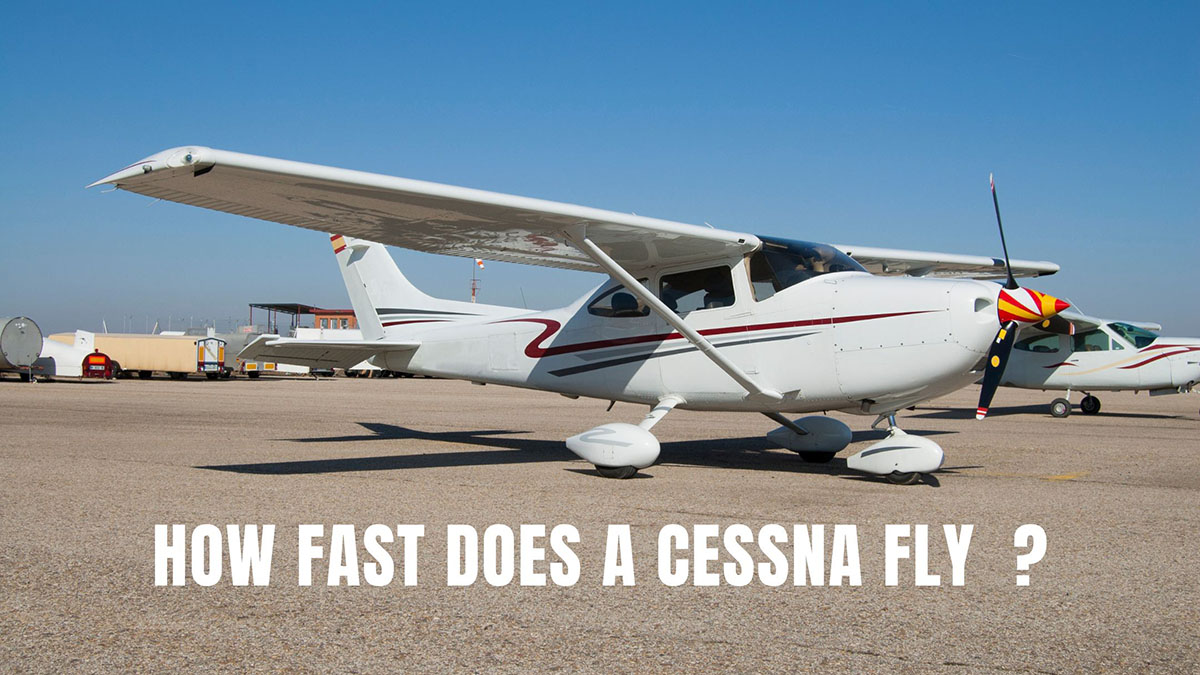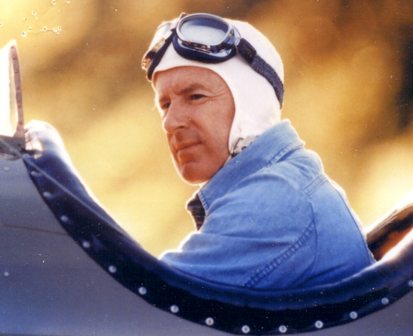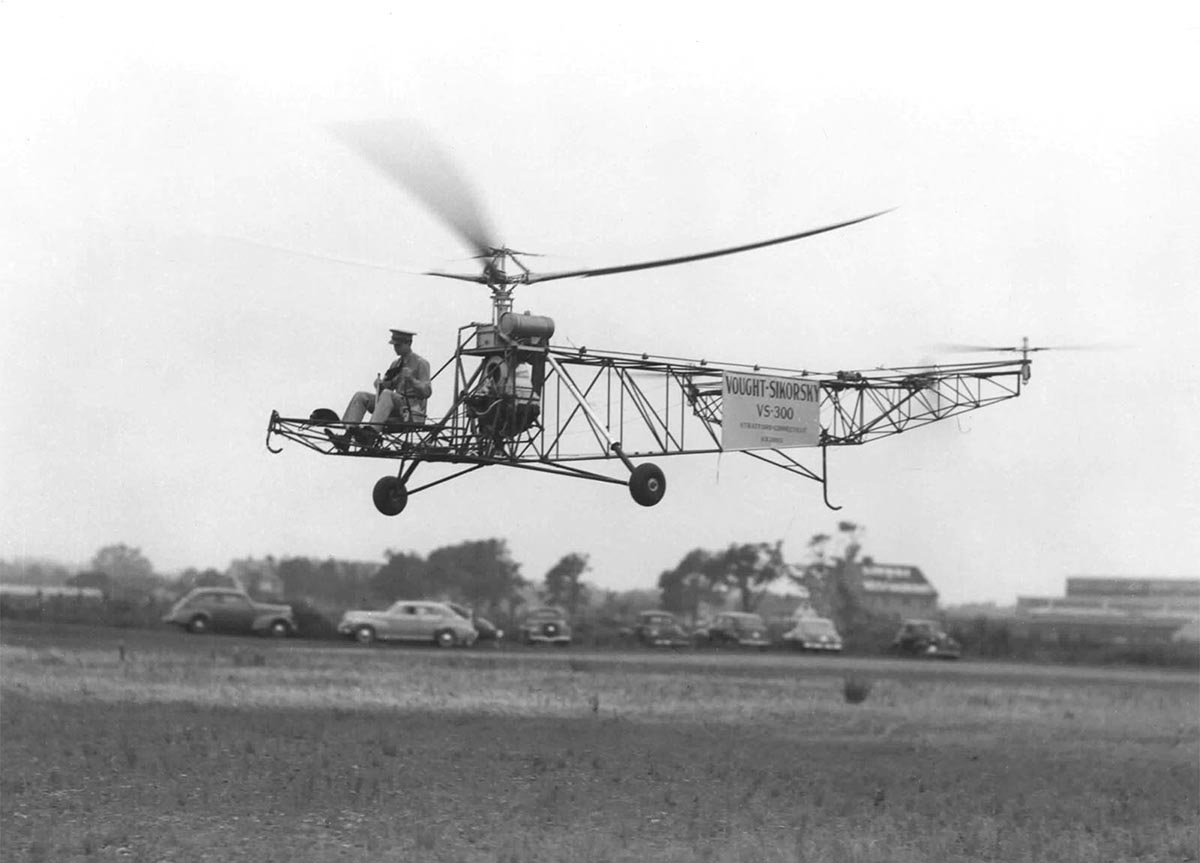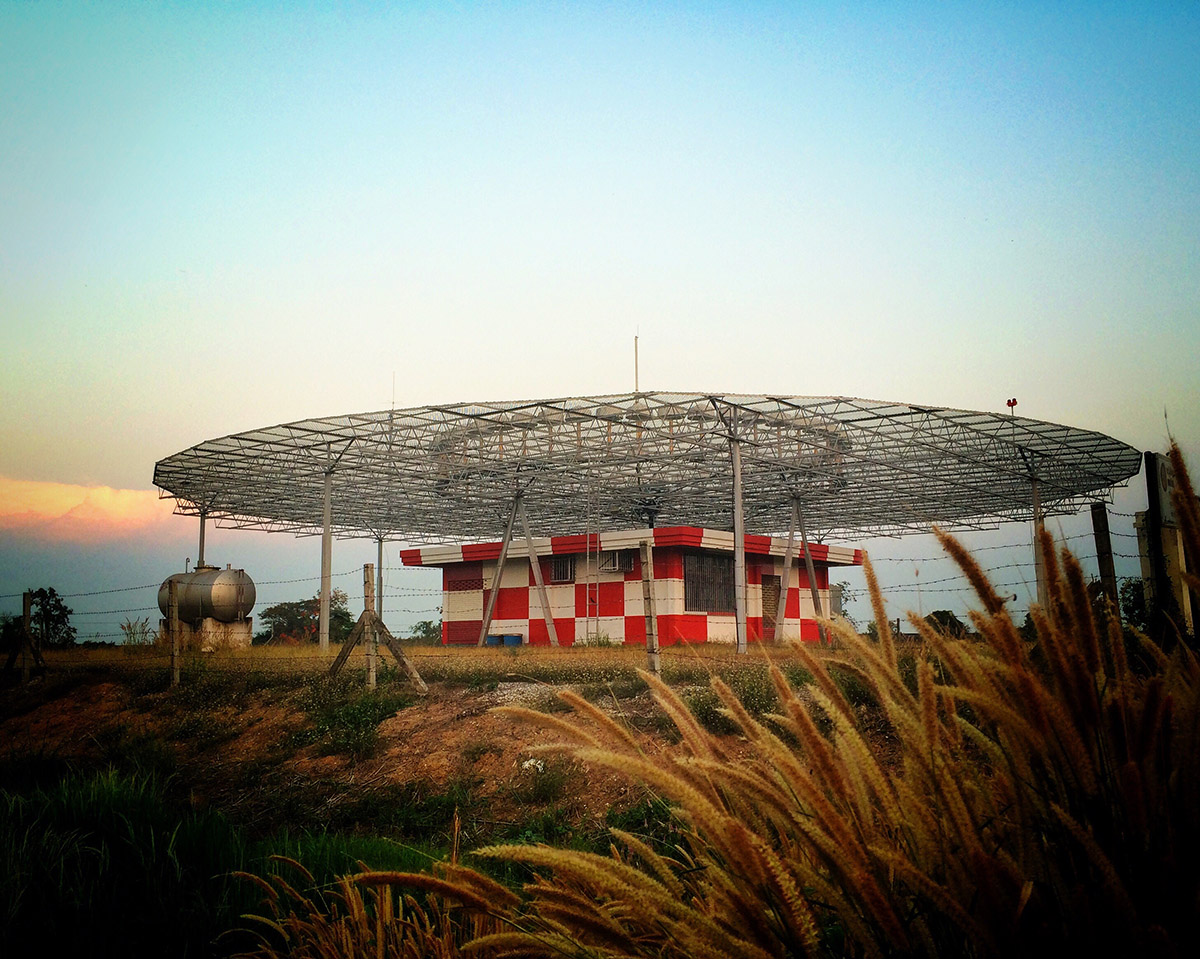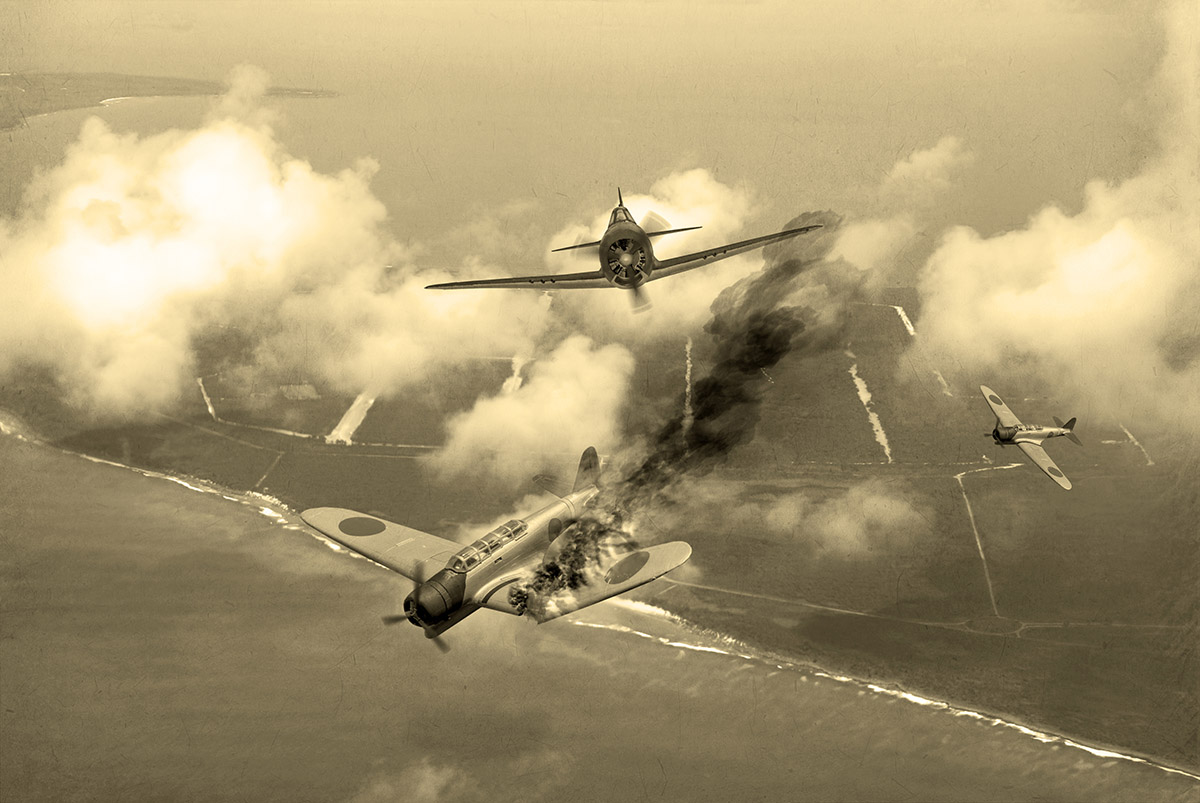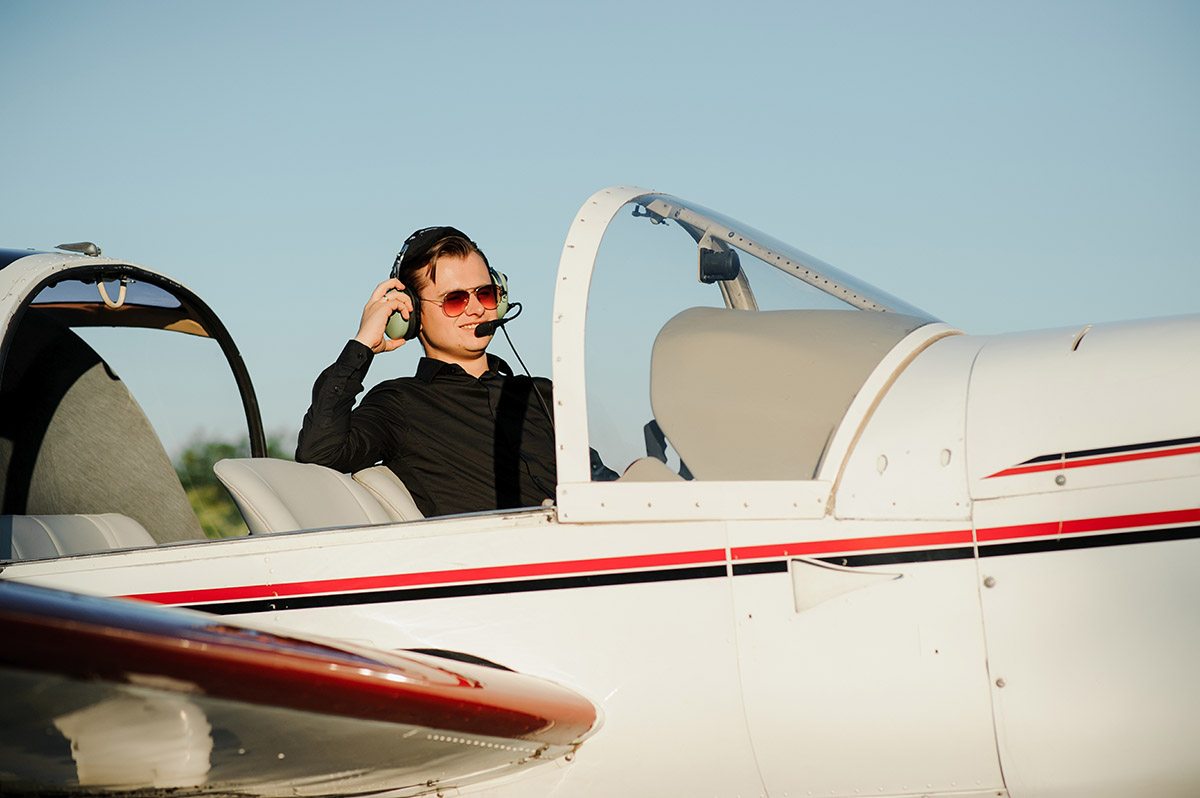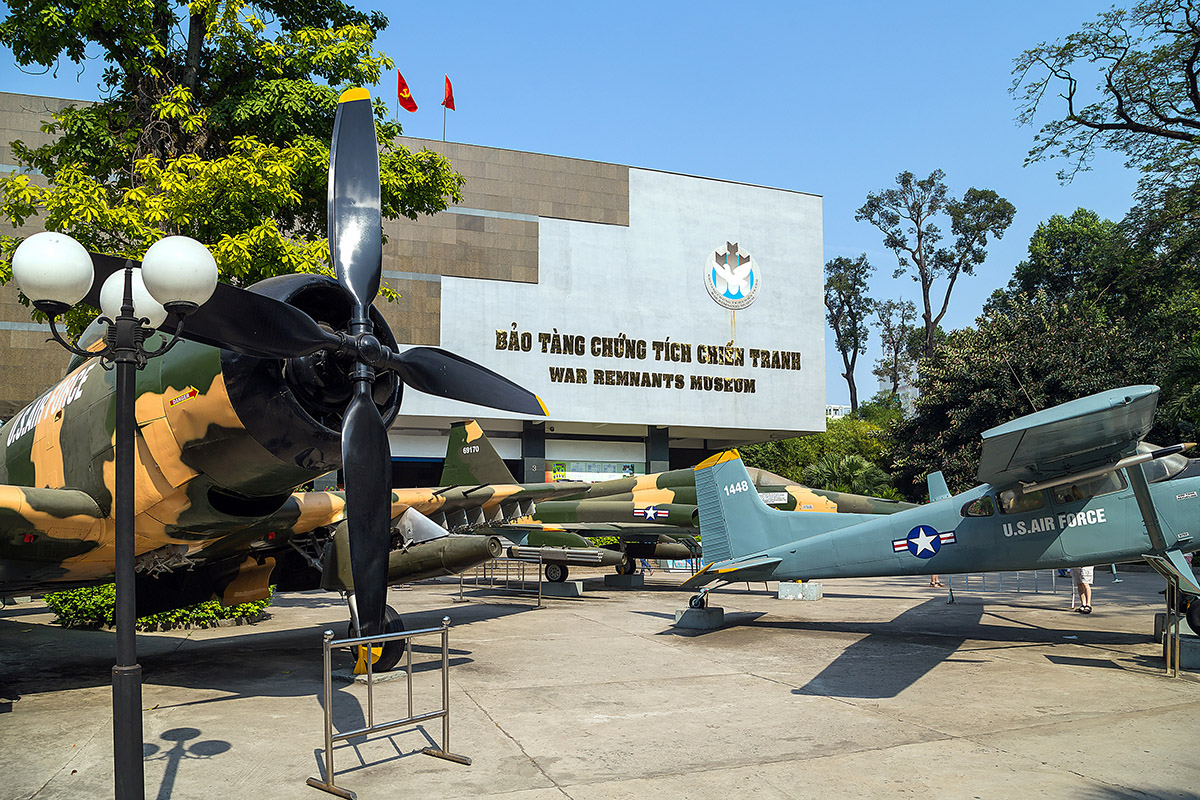Cessna has been widely recognized for its affordability, reliability, and ease of operation, with its light general aviation aircraft lineups (e.g., 172 Skyhawk or 182 Skylane) dominating the best-selling lists for decades!
Nevertheless, debates still arise regarding the top speed of a Cessna. Our research team at The Wright Experience has verified various sources and experimented with some models ourselves to provide you with reliable data. Scroll down to learn more!
In this article:
What Is The Speed Of A Cessna?
Cessna speeds vary between 124 MPH and 717+ MPH, influenced by model designs, framework, engines, etc. The Cessna 172 Skyhawk – a crowd’s favorite – reaches a top speed of about 188 MPH. Meanwhile, the Citation X claims the title of the fastest Cessna in the world, topping out at over 717 MPH.
1. Cessna Citation X Fly
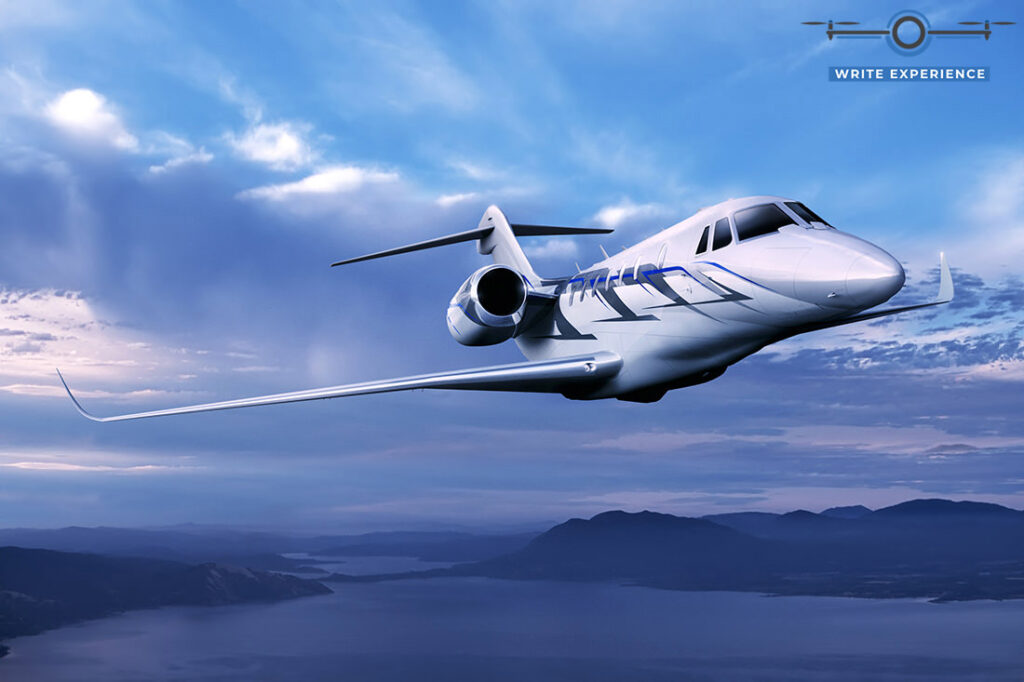
According to our research, Citation X is the fastest Cessna aircraft ever and one of the fastest in the history of aviation in general. It is a luxury business model suitable for those seeking planes with supersonic speeds.
Specifically, its maximum speed is 717 miles per hour (or Mach 0.935), equivalent to 93.5% of the speed of sound! Few other models can even reach half of this number, except for certain military or commercial airplanes.
While the purchase price might be expensive, its impressive speed justifies the cost. Not to mention, this reputable private jet can accommodate up to 12 passengers alongside two crew members.
2. Cessna 172
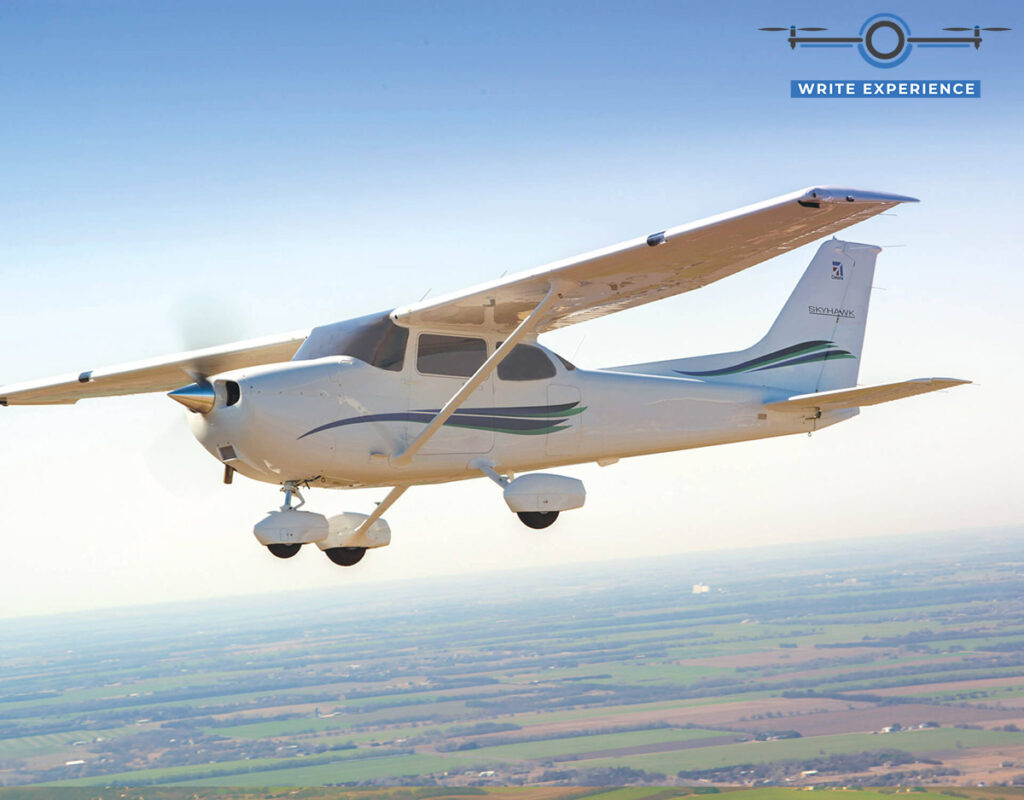
The Cessna 172 can travel up to 188 MPH or 302 KPH when required.
However, its cruising speed in real-life practice is typically around 140 MPH or 225 KPH. The aircraft is primarily used for training and flying in congested airspace, where a slower speed is considered more appropriate.
3. Cessna 310
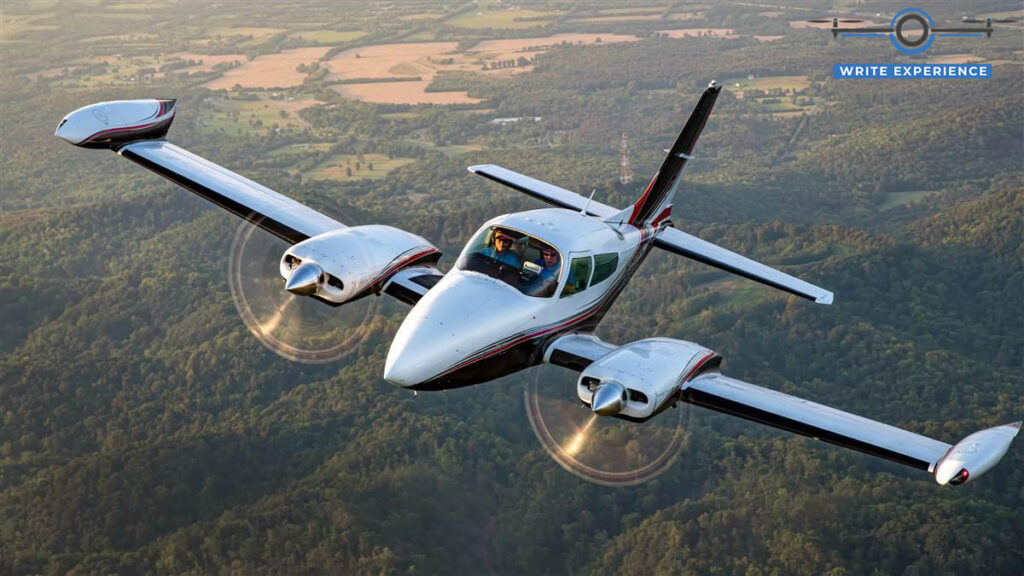
Regarded as one of the brand’s enduring models dating back to as early as 1953, the original Cessna 310 can travel at 220 MPH, underscoring its long-lasting popularity.
Even more remarkable is that 220 MPH is far from the model’s best traveling speed. Over time, design advancements have facilitated even greater performances compared to the original lineups; a recent example is the 310R, which can achieve 207 knots or 238 MPH!
These aircraft models can conveniently accommodate 4 or 6 passengers, some featuring twin-engine designs to amplify both power and speed capabilities.
4. Cessna 208 Caravan
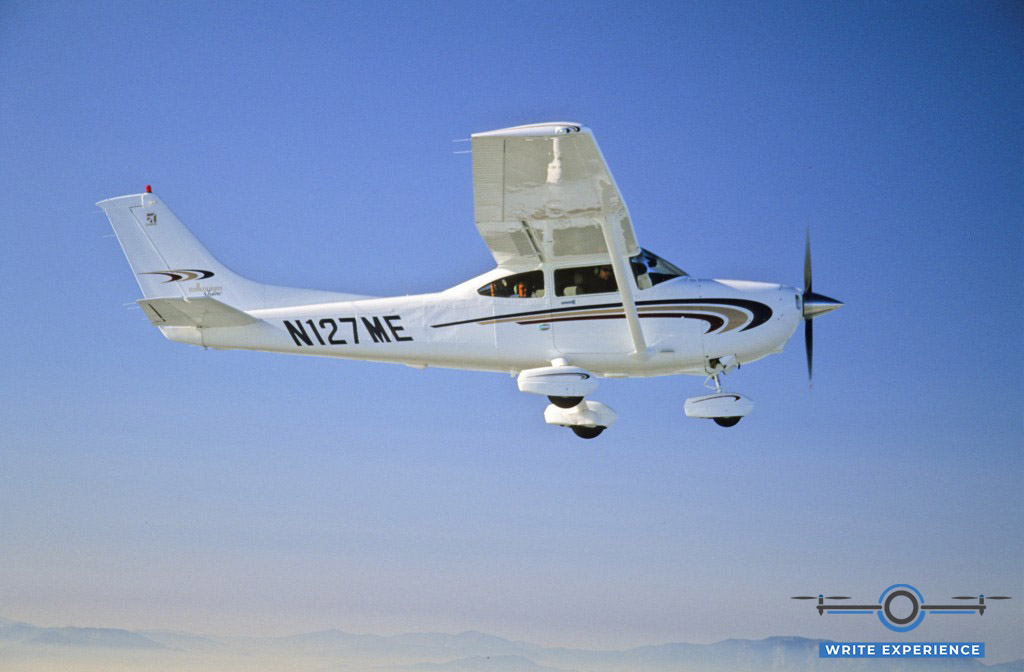
The 208 Caravan gained popularity due to numerous practical features, accompanied by its acclaimed top speed that easily reaches 214 MPH (186 knots).
These planes seat a pilot and 9 passengers, thanks to the lightweight yet sturdy aluminum framework that attains higher speeds effortlessly despite heavy loads. The powerful Pratt and Whitney turboprop engine also boosts the Caravan’s reputation for speed and overall performance.
5. Cessna 182 Skylane

Dating back to the 1900s, the Cessna 182 remains one of the oldest Cessna models that still soar through the skies to this day.
There are a lot of similarities between Cessna 182 and 172, especially in their lightweight yet sturdy construction. As a result, this aircraft maintains speed effortlessly despite extra capacity accommodating up to 4 passengers.
Its maximum speeds typically span from 167 to 170 MPH (145 knots to 148 knots). While 200 MPH is possible, serious instability issues might occur. Therefore, keeping the plane within the recommended speed parameters would be better to ensure 100% safety during long flights.
6. 162 Skycatcher
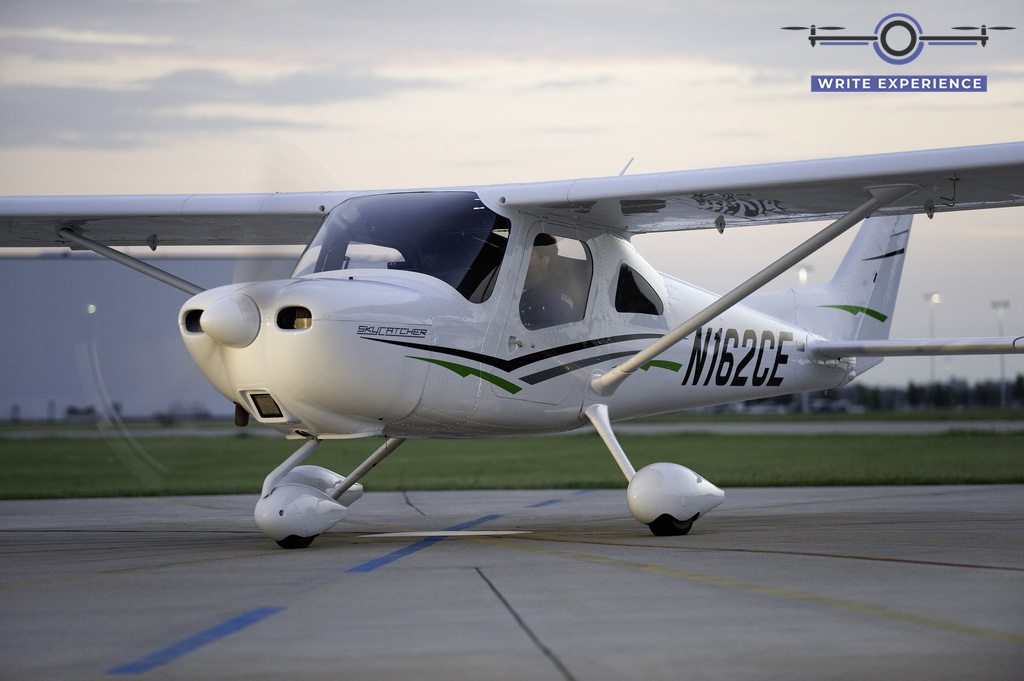
As part of the Cessna lineup produced between 2009 and 2013, this is a comparatively newer addition.
The Cessna 162 features a high-wing design coupled with strut bracing. The lighter weight and compact structure also help this plane maintain its required lifts, which explains why its average top speed reaches 136 MPH (118 knots) without difficulty.
7. Cessna 150
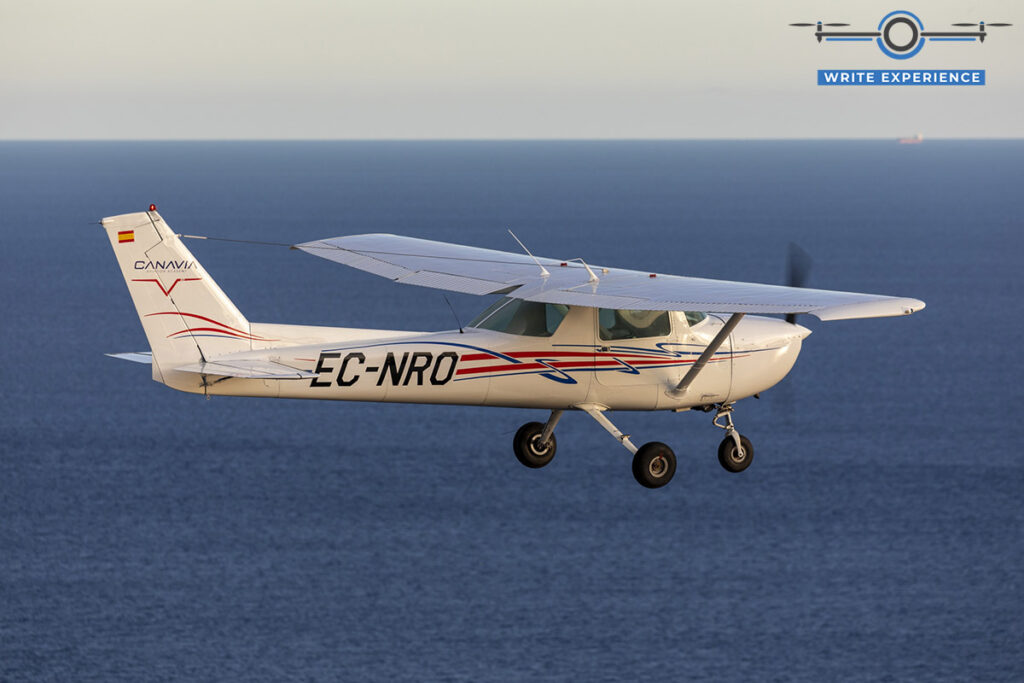
The Cessna 150 used to be labeled the slowest model in the Cessna series until it was replaced by the Cessna 152 several years later. With a maximum speed of only 125 MPH or 109 knots, its performance notably lags behind that of more modern models from the Cessna aircraft company.
Speed Comparison Between Cessna And Other Commercial Planes
Boeing, a large manufacturer of commercial planes, produces models with relatively the same speed range as the most popular Cessna lineups. For example:
- Boeing 777 registers 683 MPH (or 1099 KPH),
- Boeing 787 clocks in at 690 MPH (or 1110 KPH).
- Boeing 747-400 hits 656 MPH (1056 KPH).
Likewise, the Airbus A320, another global commercial airliner, achieves 561 MPH (or 903 KPH). Its models usually work best in cross-country transport.
By comparison, only the Citation X Cessna travels faster than the abovementioned planes at 717 MPH. And commercial airliners usually operate at speeds 4-5 times faster than numerous less-popular Cessna models, which is reflected in the pricing of their flight tickets.
Why 172 Skyhawk Is The Most Popular Cessna Model Despite Its Average Speed
Since the mid-1950s, the 172 Skyhawk has been one of the most widely manufactured civilian aircraft, with 44,000 units built and operated globally. And given that many trainee pilots from flight schools are considered qualified for 172 Skyhawk (due to its simpler operation compared to larger commercial planes), its rising popularity is only to be expected.
Safety is another crucial factor. Thanks to its slow landing speeds and swift impromptu landings, the 172 Skyhawk guarantees no accidents under most circumstances.
How Does Weather Affect The Cessna Flying Speed?
Fortunately, weather conditions rarely cause major disruptions to flight schedules. Even in extremely colder climates, the airplanes can still navigate at cruising altitudes with minimal difficulty. However, we suggest clearing the airport runways of snow and ice to ensure safer landings and takeoffs.
On another note, there are still some possible issues to look out for:
- Rainfall might reduce pilot visibility, depending on the rain’s severity.
- Thunderstorms pose potential risks of turbulence increase that influence the overall speed.
- Speed also tends to decrease when the Cessna flies against strong headwinds.
How to Fly A Cessna Safely
1. For Pre-Flight Preparation:
- Check for any damage, loose components, or fluid leaks
- Ensure the fuel tanks are filled, the engine oil level is adequate, and the tires are properly inflated.
- Find an accurate weather briefing from a reputable source, such as the Aviation Weather Service (AWOS) or Flight Service Station (FSS).
- Familiarize yourself with emergency procedures, including engine failure, electrical failure, or adverse weather encounters (thunderstorms, turbulence, low visibility, etc.)
- Calculate the weight and balance of the aircraft to guarantee it is within the allowable limits.
2. For In-Flight Procedures:
- Use appropriate navigation aids (e.g., charts, GPS, VOR) to maintain the planned route.
- Stay in contact with ATC, especially when operating in controlled airspace. Provide position reports and adhere to air traffic instructions.
- Continuously monitor weather conditions and be prepared to divert or land if necessary.
Conclusion
Although Cessna speeds are rarely affected by weather conditions, you must still watch out for potential issues that might disrupt flight hours, such as heavy rainfall, thunderstorms, snow/ice on the runways, etc.
We suggest studying all the necessary emergency procedures before you step onto the plane. Also, remember to report your position to the ATC (preferably every 5 to 15 minutes) to receive support when needed.
See more: How Fast Does A Cessna Fly?

